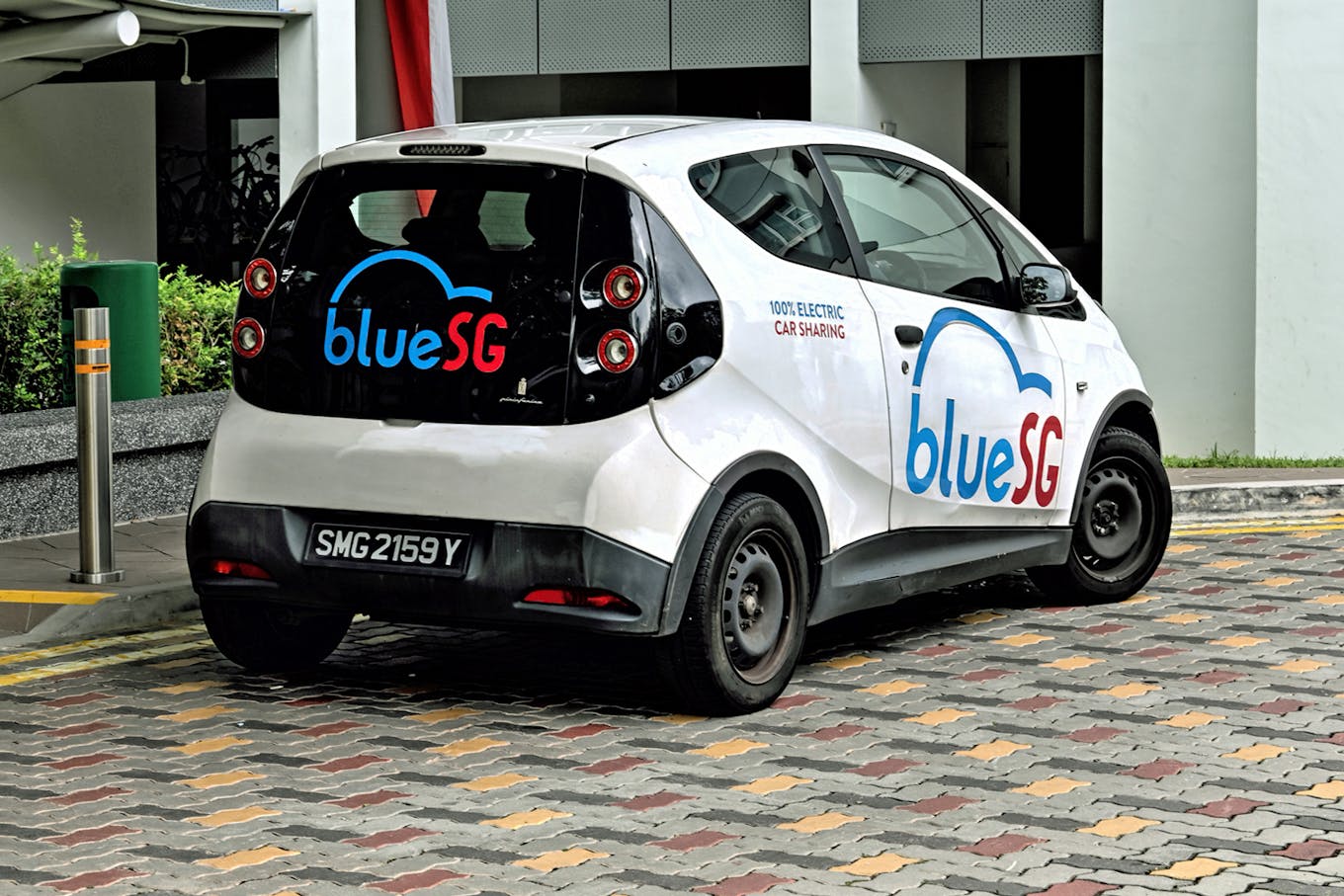From politicians’ speeches to policy documents and media reports, the terms “low-carbon”, “net-zero”, “carbon neutral”, and “decarbonisation” have been making their way into climate discussions in Southeast Asia.
However, the concept of decarbonisation remains poorly understood and indefinite, if not impossible, to translate into the vernacular languages of Southeast Asia. For instance, the Bahasa Indonesia term “dekarbonisasi” is a direct transliteration used in the ISEAS-Yusof Ishak Institute’s annual climate survey in 2022 to poll regional respondents’ views on the obstacles their countries faced in the process of decarbonisation.
There is no standard definition of the word “decarbonisation”. Cambridge English Dictionary gives two definitions. The environmental meaning is “the process of stopping or reducing carbon gases, especially carbon dioxide, being released into the atmosphere as the result of a process, for example the burning of fossil fuels”. The engineering meaning is “the process of removing carbon or material containing carbon from a substance or from an object, such as an engine”. Collins Dictionary takes it further by defining it as “the process of reducing and removing carbon dioxide output from a country’s economy” whereas Merriam-Webster simplifies it as the “process of removing carbon from (something)”.
Without a standard definition, the processes, means and measures of successful decarbonisation will be difficult. Hence climate scholars and analysts have pegged the measurement of decarbonisation to the amount of greenhouse gases (GHG) removed in order to meet the temperature limit goals set by the world.
Historically, Southeast Asia is one of the lowest GHG emitting regions in the world. From 1990 to 2019, the region’s contribution to global GHG emissions was less than 7 per cent but its net emissions expanded exponentially during the same period. Current projections estimate that ASEAN’s CO2 emissions per capita will increase by 139 per cent between 2015 and 2040. The region’s claim to being one of the lowest emitters will ring hollow in the coming decades as the region continues to experience high population and economic growth.
In tandem with strong growth trajectories, its contribution to higher GHG emissions will come from industrial, agricultural, economic activities, and patterns of consumption that are the hallmarks of middle-class societies. Southeast Asia will therefore find itself on shaky ground hiding behind the right to economic development without doing its part to decarbonise.
One of the largest contributors to Southeast Asia’s carbon emissions is the electricity generation sectors. The region’s dominant source of energy comes from fossil fuels such as coal, oil, and gas. Southeast Asia possesses such resources in abundance but it is also equally well endowed with renewable energy resources such as hydro, solar, geothermal and in some places, wind. However, overdependence on fossil fuels for power generation makes it difficult for governments to transition to renewable energy. A key factor is the sustained use of fossil fuel subsidies to alleviate poverty and hardships particularly during times of severe economic downturns.
A 2016 United Nations Environment Programme (UNEP) report using Indonesia as a case study demonstrated that the country made 14 attempts at subsidy reform since the 1998 Asian Financial Crisis but each time with varying degrees of success. Subsidies may be a favoured tool in many regional governments’ economic recovery playbooks but what it ultimately does is undermine the energy transition by committing a country to carbon-lock in of fossil fuel technologies, decrease competitiveness of renewable energy generation, and put off renewable energy investors. If there are no off-takers for electricity generated by renewable sources, then there is no business case for investors. The reverse would be true if renewable energy generation enjoyed subsidies from the state.
Poor energy infrastructure in the region makes it difficult to support the use of renewable energy sources such as solar and wind power. Current power grid structures cannot support high intermittency of renewable sources and in the long-run can cause problems to national power grids. Vietnam, for example, experienced a solar boom in recent years and expanded its solar capacity 200-fold from 85 megawatts (MW) in 2017 to nearly 17,000 MW in 2021. However, its existing grid infrastructure has not been able to cope with the supply spikes thus leading to renewable energy farms being asked to limit operations.
Hence, one of the obstacles to decarbonisation, besides being the prohibitive costs of renewable energy technology – which admittedly for some forms of technology such as solar photovoltaic panels have come down in the last decade – is the capacity of a national power grid to support the use of renewable energy.

An electric car from Singapore firm BlueSG. Image: Flickr/ Choo Yut Shing.
Electrification of the transportation sector has also been dominating the discourse in Southeast Asia as proof of intention to decarbonise. Transportation is a key contributor to GHG emissions in the region. In recent years, countries have begun championing a shift to adopt electric vehicles (EV). Thailand is now leading the EV race in Southeast Asia followed by Indonesia and Singapore. The ASEAN EV market is projected to grow from US$500 million in 2021 to US$2.7 billion in 2027. Generous EV incentives have attracted Japanese and Chinese carmakers to the region.
This discourse carries a dominant economic imperative as Southeast Asia has a strong automotive manufacturing base in countries like Thailand, Indonesia and Malaysia. Pivoting to the production of EVs is therefore very attractive as a means to maintain global competitiveness in the automotive markets. However, without decarbonising the power generation sector, the only “benefit” of electrifying the transportation sector will simply be an improvement in air quality without a reduction in GHG emissions.
“
Perhaps one of the most stubborn obstacles to decarbonisation is the lack of political will and leadership in Southeast Asia. Unlike other regions and countries, the growth of green political parties in Southeast Asia has been poor.
Agriculture, land-use change, and forestry is another large contributor of GHG emissions in ASEAN. Six out of ten ASEAN member states – Cambodia, Indonesia, Laos, Myanmar, Philippines and Vietnam – are bulk commodity and agricultural producers that are heavily reliant on the sector for economic development and growth. Rice production in particular is one of the hardest to abate because firstly, existing agricultural practices are difficult to change; secondly, there is a lack of farming incentives; and lastly, the absence of institutional support.
Decarbonising this sector will be gargantuan as it is highly fragmented with over 100 million smallholder farmers in the region. Take the age-old practice of flooding rice paddies for example which contributes to high methane emissions – which is very potent at 80 times the global warming potential – which can be remedied with the arduous Alternate-Wet-Dry (AWD) technique to reduce emissions and build resilience. However, scaling up AWD has proven to be tremendously difficult.
Other key obstacles to this region’s decarbonisation journey include: limited access to financial resources and technology to develop and implement clean energy projects; limited public awareness which makes it difficult to support decarbonisation efforts; and limited regional cooperation and coordination which hinders the development of regional policies and regulations to support an energy transition. In a 2022 regional climate survey, more than 50 per cent of Southeast Asians say that insufficient financial resources are their country’s top obstacle. This is followed by another 50 per cent who say that the lack of R&D, technology and expertise is hampering them.
But perhaps one of the most stubborn obstacles to decarbonisation is the lack of political will and leadership in Southeast Asia. Unlike other regions and countries, the growth of green political parties in Southeast Asia has been poor. No politician is willing to bet his or her political career on driving a long-term issue like climate change especially striking a balance between creating conducive business conditions and pushing for climate action as in the case of the Philippines.
This is unlikely to change anytime soon, although with changing demographics, politicians cannot afford to ignore their younger and increasingly impatient electorate who care about climate change more than before.
Sharon Seah is Senior Fellow and concurrent Coordinator at the ASEAN Studies Centre and Climate Change in Southeast Asia Programme, ISEAS-Yusof Ishak Institute. She is also editor of Building a New Legal Order for the Oceans.
This is an adapted version of an article from ASEANFocus Issue 1/2023 published in March 2023 by the ASEAN Studies Centre at ISEAS-Yusof Ishak Institute.











